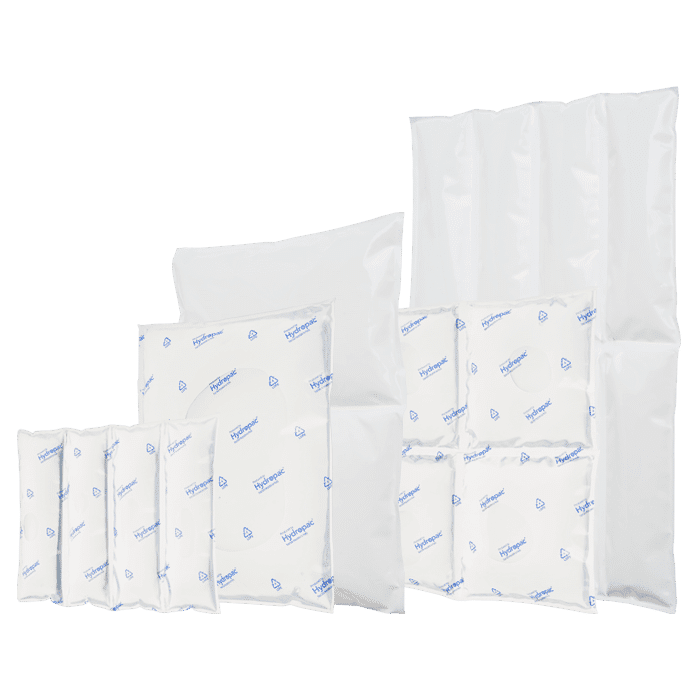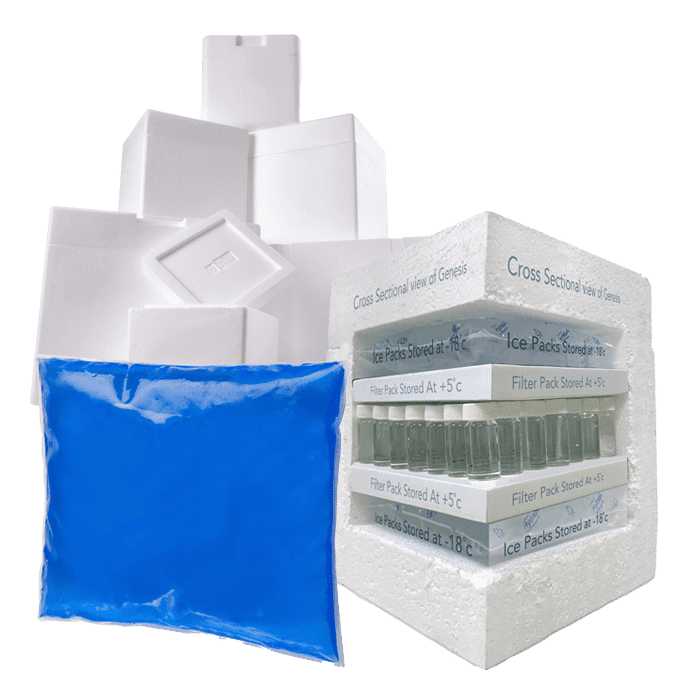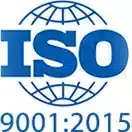The Role of Renewable Energy in Manufacturing Plants
This article was originally published on our website in 2019. We have updated it with case studies relevant to 2023.
The use of renewable energy is a big area for industries across the world, with the need for efficient technologies to produce less wasteful ways to produce consumer materials becoming increasingly paramount. We’re all used to the sight of wind turbines, solar panels and renewable forests, but where does the manufacturing sector stand on using renewable energy sources?
Energy Intensive Industries
Three of the most energy intensive industries are bulk chemical, mining and refining, with vast amounts of electricity being used to operate a number of essential systems including HVAC, heavy equipment and basic lighting across different areas of a plant. With some raw materials such as rubber requiring heating to 179-198°C (355-390°F), this type of intensive heating places a huge ecological (and monetary) burden on manufacturing companies.
Whilst fossil fuel energy sources are effective, they are not ecologically friendly, so new technologies such as wind and solar panels have become increasingly attractive. Even tidal power(hydropower) is slowly coming into its own, with massive future potential for electricity generation. TEXO Group announced only last week that they will be constructing Orbital Marine Power’s first commercial tidal turbine at the Port of Dundee in Scotland.
Utilising renewable energy sources also helps manufacturers to futureproof against rising fossil fuel prices, especially as these become more in demand as resources slowly deplete.
Custom chilled solutions for you
Hydropac offers every customer a customized solution for chilled and conditioned shipping. For example, we help a customer with limited freezing capacity to deliver gel packs frozen and ready to use, and we can manufacture almost all shapes and sizes of cooling elements. As a customer, you come first: we are here to help you.
Case Studies
- 2019 case study: Electric vehicle pioneer Tesla have vowed to power their “Gigafactory” via 100% renewable energy sources by the end of this year. So far, they are said to be on track, with this self-sustaining facility using a combination of wind turbines, rooftop solar and Tesla’s own Powerpacks for energy storage. Gigafactory 1 in Nevada, USA, will be at the time of opening the largest building in the world in terms of land mass, spread over a plot of land covering 15m square feet (that’s 3x bigger than Central Park!)
- 2023 update: The Tesla Gigafactory in Nevada showed great promise when building commenced, billed to become the largest building in the world. However, it has been in the news for different reasons as building operations were seen to get “stuck” at around 30% of its final planned size. Focus instead moved to optimizsing production capacity, but recent news is that Tesla will soon look to expand the factory again, working on the “C” section to be eventually used for battery cell manufacturing. This expansion is to support Tesla’s production of electric vehicles in the future. As it stands, Gigafactory Nevada uses 100% clean energy for its power: primarily solar with some wind power also.
- 2019 case study: Leading consumer goods corporation Procter & Gamble plan to power all of their North American facilities with 100% wind power, and to date purchase 80% of the electricity generated by a wind farm located in Cooke County, TX. They have stated that iconic brands from their American line up including Tide and Dawn are made with 100% wind power.
- 2023 update: Proctor & Gamble reached their 2020 goal of purchasing 100% renewable energy in Canada and the US; their long term goal is to purchase 100% renewable energy on a global scale by 2030. In addition, P&G collaborated with ENGIE North America in 2022 to progress further towards their Net Zero greenhouse gas (GHG) emissions by 2040. The collaboration, the Power Purchase Agreemen, will see ENGIE supply P&G with more than 530,000 MWh of renewable power on an annual basis, working to remove CO2 emissions from the electricity grid.
- 2019 case study: Intel are the US’s largest purchaser of green power and have held this spot for a number of years; in 2015 they met their target of 100% of US manufacturing with renewable energy, purchasing 3.4 billion kilowatt-hours of renewable power from a wide range of sources including biomass and solar.
- 2023 update: Intel plan to achieve 100% renewable energy across all manufacturing operations on a global scale by 2030, to work with their 2030 RISE sustainability goals. As it stands, Intel already meets high environmental standards in areas such as waste reduction, water usage, energy usage and promoting a circular economy.
Green rated buildings
There are several prominent buildings around the world that rank highly on the green scale. These include:
-
- The Edge – Netherlands. This is a 430,000 sq foot building which was built to follow the path of the sun, allowing for maximum solar efficiency of the panels that cover the roof and facades. It is net energy positive and also uses rainwater for flushing the toilets and irrigation. It also has an aquifer thermal energy system which is used to regulate the temperature of the building.
- The Palazzo Las Vegas – USA. The Palazzo has LEED (Leadership in Energy and Environmental Design) certification. 50 storeys high, the Palazzo uses solar heating for its hot water system and heating it’s pools, waste recycling, water efficient technology including low-flow lavatory faucets and drip irrigation, as well as using 95% recycled steel in its construction.
- One Angel Square – UK. One Angel Square, in Manchester, UK, is a 500,000 sq ft builing that serves as HQ for the Co-op Bank. It is an extremely green building and has achieved an 80% reduction in carbon emissions. It does this with its double-skin façade which provides insulation year-round against temperature fluctuations, low energy lighting, rainwater recycling. It has achieved a BREEAM (Building Research Establishment Environmental Assessment Method) Outstanding rating, the first UK building to do so.
Sustainability Hydropac and CSR
Sustainability isn’t just a trend for us – it’s a promise. As we innovate, create, and lead, we keep our planet’s well-being at the forefront. With Hydropac, you’re not just preserving the quality of your cargo; you’re contributing to a healthier world.
Experience the power of sustainable temperature assurance with Hydropac – where excellence and environmental responsibility coexist for a brighter future.





